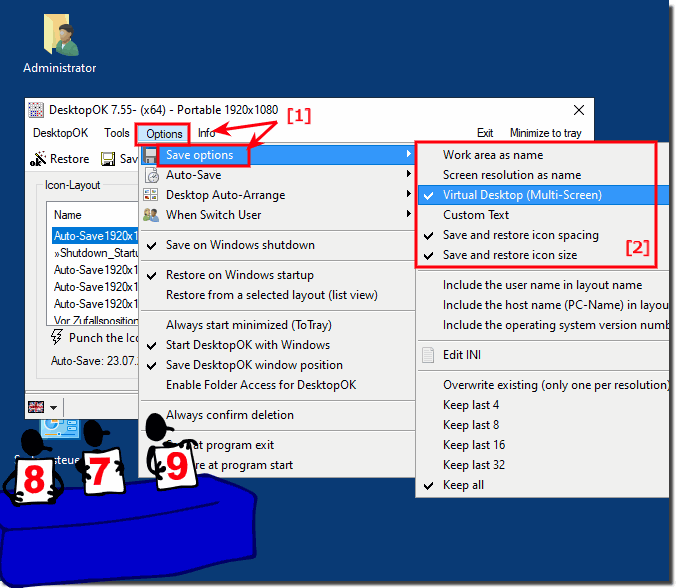
DESKTOPOK 5.71 SERIES
Previously, this has been highlighted because this exists largely without subject agreement (a rare pattern crosslinguistically Klamer 2014, Siewierska 2011) and the proliferation of different prefix series and the semantics they express (Fedden et al 2014, 2013, Kratochvíl 2011, inter alia). The languages of Timor, Alor and Pantar (TAP) are notable for their object agreement prefixes. These patterns of distribution, together with comparative data from other Western Sichuan languages, suggest a grammaticalization pathway from directional prefix to perfective to imperative. Thus, the system approximates derivation rather than inflection. In addition, the prefixes primarily occur in perfective clauses and imperatives however, they are optional when an adverbial phrase is also used. These have different discourse frequencies, reflecting different levels of prefix-verb collocation.

There is also a set of eight directional prefixes. In the verb phrase, there is a system of five existential verbs, four of which have locational semantics choice of existential depends on containment and attachment, then secondarily on the animacy of the referent being located. There is also a set of locational nouns, which are structured based on an intrinsic frame of reference, at least for some speakers. Within the noun phrase, there are specialized locative casemarkers for different degrees of distance of the object being located. Like other languages of the Western Sichuan linguistic area, the Yonghe variety of Qiang has robust grammatical systems for spatial concepts.


 0 kommentar(er)
0 kommentar(er)
